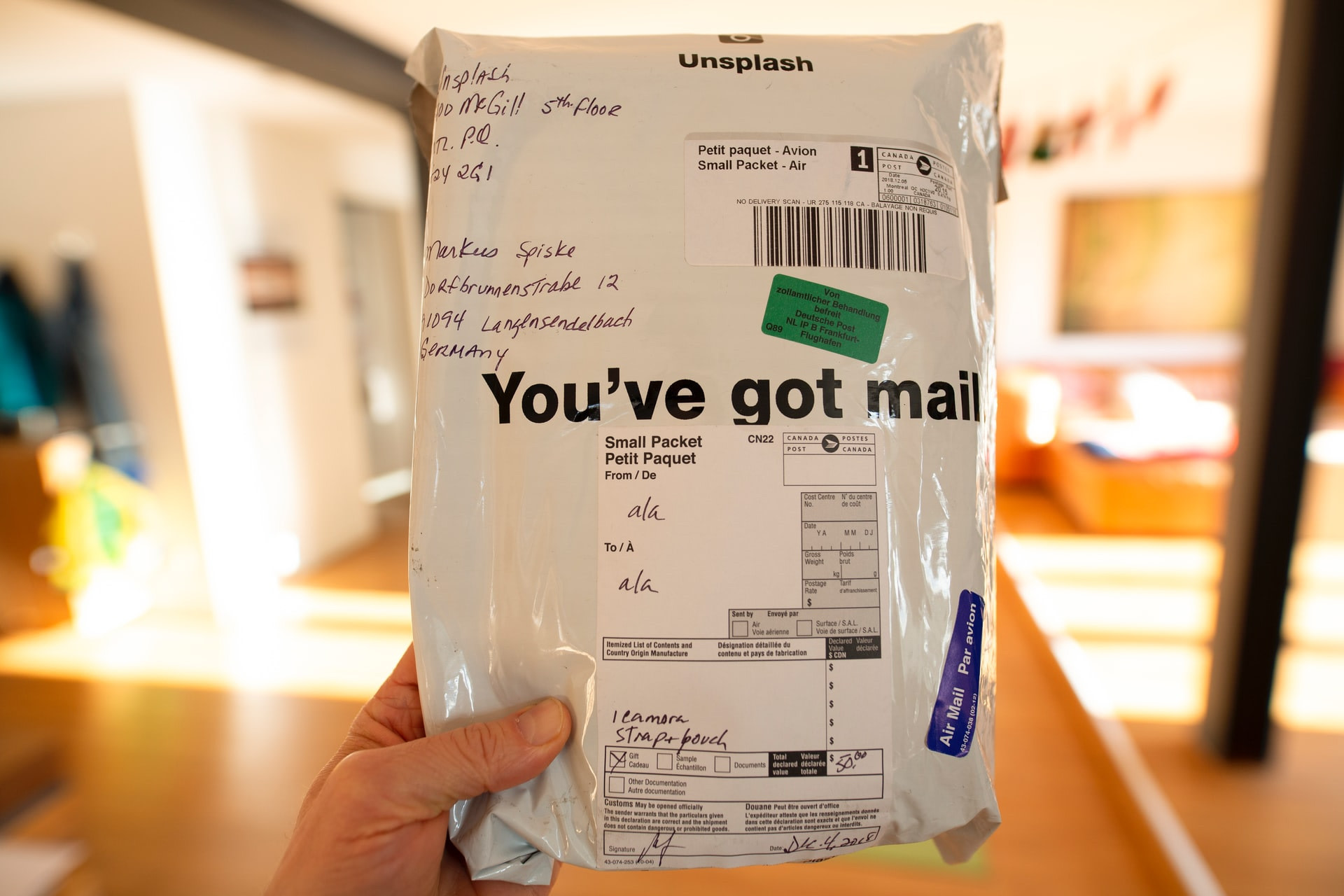Platforms like Vinted have blazed a trail and proven a model in which a marketplace for secondhand clothes can thrive. A 2024 PwC survey revealed that 80% of consumers are willing to pay more for sustainably produced or sourced goods, and are prepared to pay a premium of an average of 9.7%. This has led to fast growth for the resale fashion market. Projections from ThredUp indicate that the global secondhand apparel market will boom to $350 billion by 2028, outpacing traditional retail by a substantial margin.
But it’s no longer only third-party resellers like Vinted working in this space - retailers have caught on and identified there’s a lucrative market in resale of their own products, not to mention the sustainability and circularity benefits.
So what else is behind the rise of the pre-loved market, and how can ecommerce brands get involved?
Market Overview
Fast fashion had a meteoric rise, but in the past couple of years there has been a shift back towards traditional retail. Why? On the face of it, fast fashion is a great option for consumers, featuring inexpensive clothes that are quickly designed, produced and brought to market. Unfortunately the flip side of this is often low-quality garments, not built to last, with a high environmental impact and human toll as a result of poor labour practices and working conditions.
Shoppers have become aware of and disillusioned by this approach, and are increasingly favouring high quality garments that are more sustainably and thoughtfully produced. With this, however, comes a higher price point - which has been a key driver of the more affordable pre-loved, resale market that has risen to prominence in the last 5 years.
Several key players have flourished in the space as the market has grown, including ThredUp, The RealReal, Depop and Vinted. (And now it’s time for traditional retailers to claim their own space in the pre-loved market!)

Second-hand: No Longer Second Best
Gen Z and millennials have led the charge when it comes to the rise in pre-loved fashion, or ‘recommerce’. They’re increasingly conscious of the sustainability elements but are also price-sensitive, and there’s been a shift in perception about the second-hand market - pre-loved is now seen as aspirational, rather than as a poor second.
There’s also an element of exclusivity that comes with the pre-loved market, with people looking for unique finds that aren’t available in every retail store - they might be items from last season, or from a small seller that only released a small number of items originally.
Mainstream Brands Are Getting Involved in Second-hand
Thanks to all these reasons, mainstream retailers are coming around to the idea of taking control of their own range of pre-loved items, rather than letting third party sellers reap the benefits, with big names like Zara and H&M launching pre-owned and clothes recycling programmes.
What Are The Challenges?
Even with the huge growth in the space and the opportunity that comes with it, there are some hurdles to overcome, some of which can be managed by brands taking ownership of their own pre-loved stock from customers who have bought from them in the past. Some issues third party sellers are having include:
Struggling to become profitable - some businesses have cited the poor quality of the clothes they receive, which they have to pay to have incinerated.
High labour costs - processing second-hand products is labour-intensive and it's costly for businesses. Re-use is based on the quality and the condition of the individual item, which means that it requires a human touch and eye to assess it.
Identifying and rooting out counterfeit products.
The logistics of taking in pre-loved items, sorting, reselling and shipping out clothes (brands who want to manage their own presale market can overcome this - see below for some examples of tech which helps deal with these issues).
Will Trump’s Tariffs Have An Impact On Pre-Loved Retail?
One of the key things about the tariffs being mooted by the US at the time of writing (May 2025) is the unpredictability - they’ve been proposed, retracted, amended, reduced, rolled out to some degree, and partially paused. If they’re eventually fully implemented, there’s a chance they could lead to a surge in secondhand fashion sales. People will people become more cautious about their spending, with new sales suppressed by price increases as a result of tariffs on items imported from other countries.

Resale Tech For Ecommerce Brands
There are a growing number of options to help merchants implement resale functionality on their own Shopify stores. Resale platforms can enhance ecommerce strategies for fashion brands, and integrating resale functionalities into Shopify stores can streamline operations for brands venturing into the secondhand market, helping them take control of a section of the market that was hitherto being managed by third party sellers. Here are a couple of our favourites.
Continue.co
Continue lets ecommerce brands launch their own resale growth channel within days, so they can drive more conversions and increase lifetime value.
The way it works is to create a self-contained, peer-to-peer marketplace that sits alongside your main store. It integrates in one click and is like a mini-Vinted on your website. Transactions happen independently of the brand and it’s all managed through the software.
As well as it being easy for brands to implement and run, it also acts as a great community engagement tool with circularity built in. As it’s all within your store’s own ecosystem, it helps build trust with your customers, as all the products are verified as authentic.
Another great feature is a ‘buy now resell later’ function (which works a bit like ‘buy now pay later’) - the tech provides an estimated resale value, which helps persuade shoppers to make that initial purchase with the knowledge they can resell later and get a good amount of their money back.
LoyaltyLion
Incorporating loyalty programs with resale platforms is a great way to help grow your brand. Points and rewards encourage customers to engage directly with you and reclaim the pre-loved market from other providers. You can take control of the post-purchase life of your products and be part of the subsequent sales cycle, while encouraging customers to keep coming back to you thanks to the benefits they receive from a loyalty scheme.
Longer-term, it can also mean that if a customer buys something second-hand and likes it, there’s an increased chance of them returning later to buy something new directly from the brand too.
Recommerce
Available in the Shopify app store, Recommerce helps your brand incentivise customer loyalty, reach new shoppers, and build a new revenue stream from selling secondhand. Your customers can trade in secondhand items when no longer needed, in exchange for cash (bank transfer) or store credit with your Shopify store.
Second-hand shopping is becoming mainstream with more customers embracing circular fashion options. As the cost of living crisis continues to squeeze people's budgets, retailers need to consider how they can capitalise on the passion for the pre-loved market, which is likely to continue to grow.
The resale market’s rise presents both challenges and opportunities for fashion brands. Sustainability and value are increasingly important to consumers. By ensuring they're operating in that resale space and providing what customers want, brands can line themselves up to take advantage of the shifting retail landscape and stay ahead of the competition.
Don’t forget to check out our article about how to list used items on Shopify which gives lots of practical tips for building buyer trust, considering pricing, and how to go about listing used items in your store.






